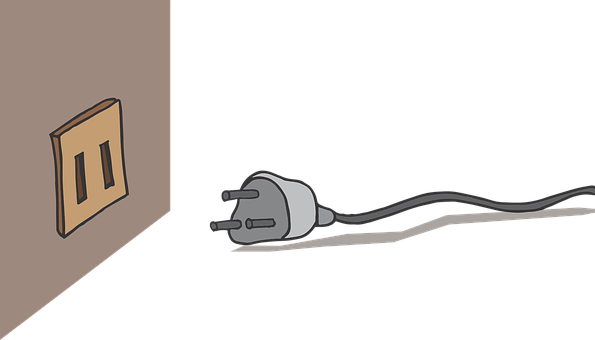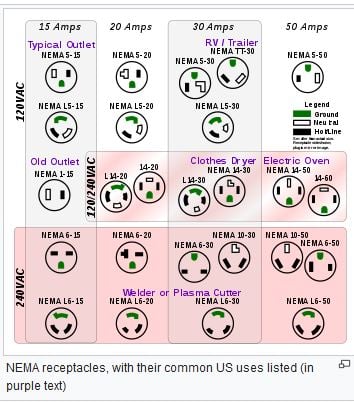Jim Burns, Senior Product Engineer
Has this situation ever happend to you?
After agonizing and researching and fighting bouts of...
400 South Salina St. Suite 201,
Syracuse, NY 13202
BLOG
Jim Burns, Senior Product Engineer
Has this situation ever happend to you?
After agonizing and researching and fighting bouts of...
Jim Burns, Senior Product Engineer
Has this situation ever happend to you?
After agonizing and researching and fighting bouts of indecision, you finally decide to go through with the process of purchasing some new network equipment, maybe a Cisco 6509 chassis, or maybe even an APC UPS to protect your expensive network!
Joy and jubilation set in as you received your shipment of equipment! You unpack it, you install it into your rack and then, the final step, you go to plug it into an available wall outlet – but wait...
Joy turns to sorrow when you realize you can’t plug the unit in because the plug on the end of the power cord won’t fit the wall outlet!

There is more than one possibility; the simplest one (hopefully) is that the power cord shipped to you was the wrong part. Call your sales rep and get the correct cord!
The other, more frustrating, possibility is… the unit you’re trying to plug in requires more amperage or a higher voltage than the wall outlet can provide.
First, some understanding. If you’re trying to plug in a large switch, say a Cisco 6509, it is the equivalent of up to 8 standalone switches. Yes, a smaller standalone switch can plug into a standard NEMA 5-15 outlet (more on that in a minute), but now think about 8 switches.
Add up the power requirements for each switch – they will most assuredly add up to more than the 15 amps available in a “normal” outlet. Just like at home, if you try to plug in a microwave on the same circuit as the refrigerator, POP, the circuit breaker will trip.
If you’re trying to plug in a UPS (uninterruptible power supply – AKA battery backup), it’s a similar issue – the UPS has to supply power to all devices plugged into it. Plus, it takes even more electricity to charge the batteries and run the onboard electrical circuitry.
Check out the diagram on the right with the most common outlets, courtesy of NEMA.

The most common outlet by far is the NEMA 5-15 – most people just call it a “3 prong outlet”. The “5” tells you that the outlet supplies 120 volts AC, and the “15” tells you that the circuit can supply a maximum of 15 amps
Other plugs/outlets you may encounter
If you see an “L” in the description, it refers to the fact that the plug/outlet has a twist-lock feature – to keep the plug from just pulling out of the outlet.
You need to call an electrician (no, not your buddy that might be able to help…a real electrician). This is serious stuff – if the wiring isn’t done correctly, it could cause damage to your expensive equipment, or even worse, start a fire.
If you are in a leased property, talk to the building manager, they will either have an electrician on staff, or have access to one that they trust.
If your company owns the property, talk to somebody in facilities, they should be able to help.
Depending on the electrical circuitry in your building, the electrician will have to find a circuit box where they can wire your new circuit(s) into and then run the wiring to your desired location.
I know that the last part is easier said than done. Unfortunately, it most likely will take some time.
You should always research power requirements along with all the other tech requirements of the actual project. Looking to buy refurbished network switches, you're at the right place. Get a quote.
At CXtec, our commitment to environmental...
Switches are the “building blocks” of any modern...
In the cable world, the term structured cabling...
In efforts to provide an array of valuable...